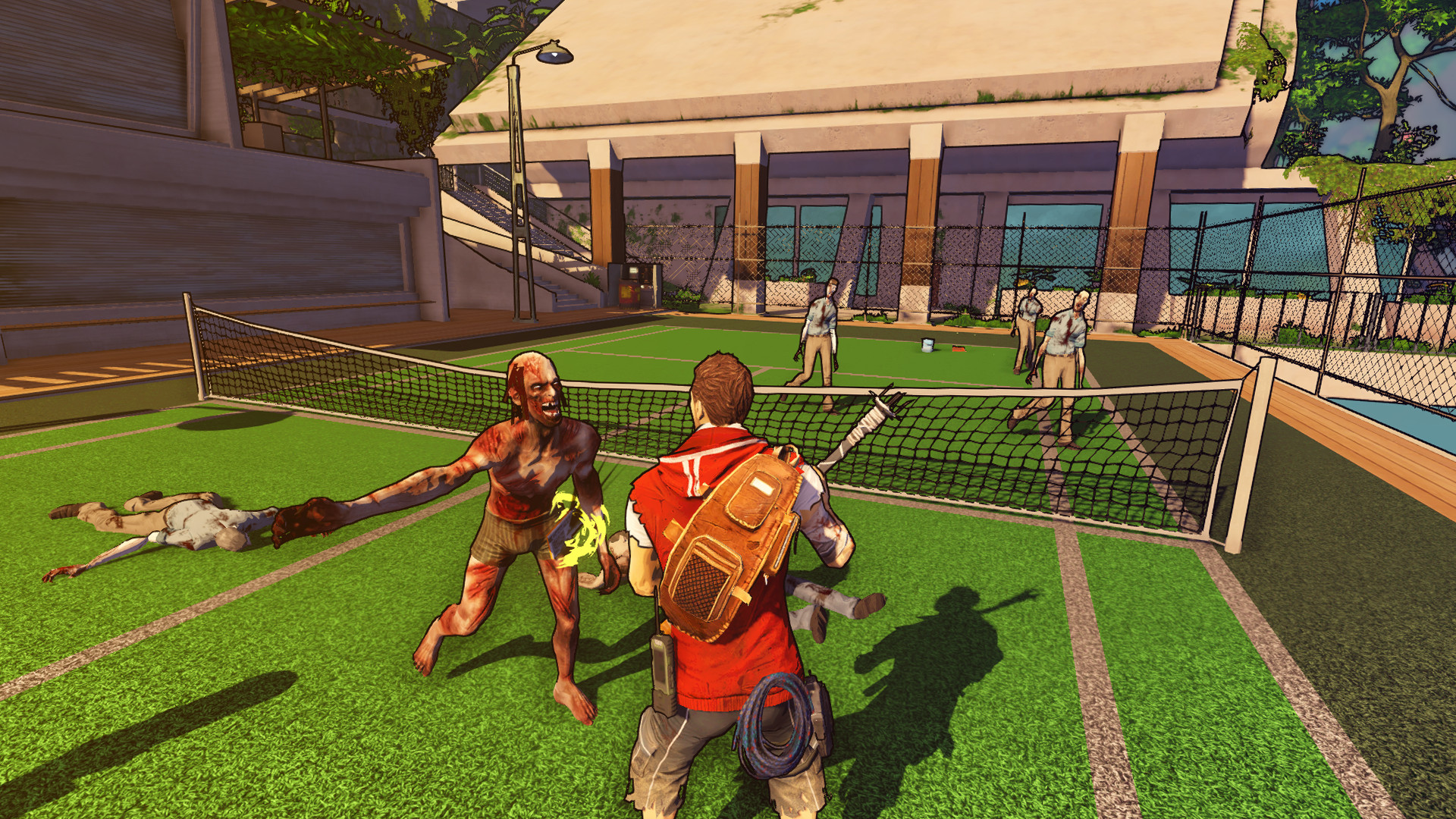

It adds two main topics to the short course: how to survive once out of the aircraft, and how to use a mini-SCUBA set that fits in a vest. It’s designed for crews who train to military or law-enforcement standards. I’m taking the two-day course, called Dunker Training.


It’s chiefly for civilians who fly over water in small aircraft, such as business jets, floatplanes, air taxis, or air-ambulance helicopters. The one-day course teaches the basics of escape from a flooded aircraft cabin on “breath-hold,” meaning without the help of emergency breathing gear. Survival Systems USA offers several such courses at its headquarters building alongside the airport at Groton, Connecticut. We’ve been advised that the underwater-escape problems will ratchet up in difficulty, to the point where we’ll be flipped upside down, in darkness, and dealing with obstacles on the way out, but Rayner has also assured us that nobody’s going to drown during this helicopter underwater-egress training. We’re wearing flightsuits, helmets, vests, and pool shoes. It’s dark inside the half-submerged structure as my classmates and I follow instructors Ben Rayner and Shane Lucas into the gloom to pick our seats in this simulated UH-60 Black Hawk helicopter cabin.


 0 kommentar(er)
0 kommentar(er)
